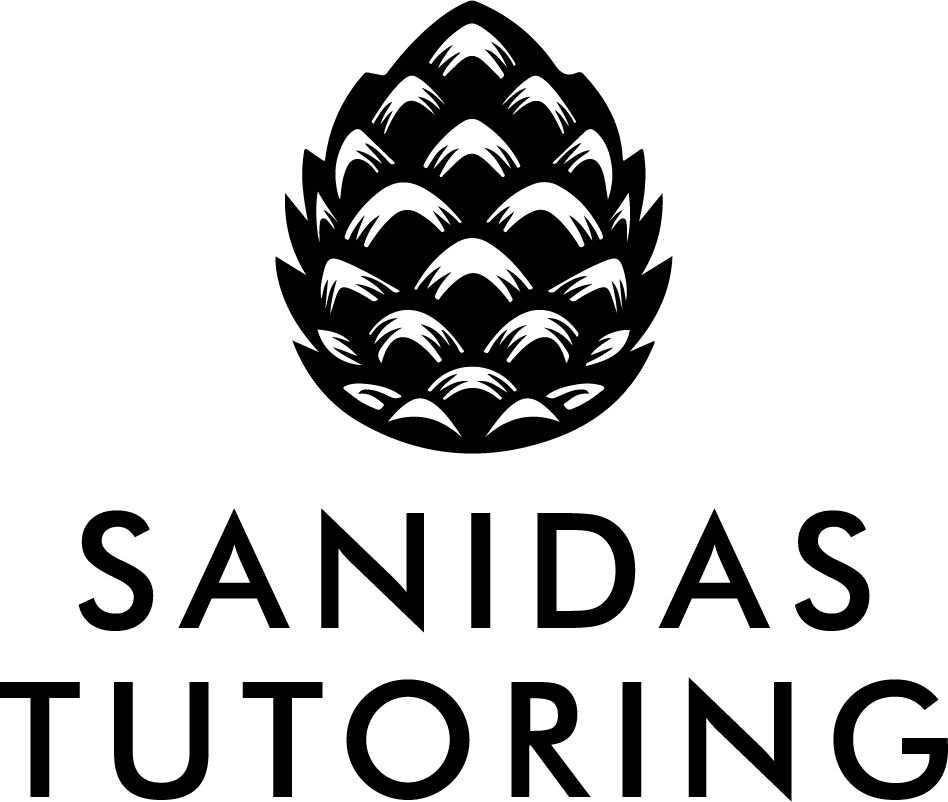Kids Don't Hate Math
Join me on a mental trip back to middle school. You’re in your sixth-grade math class. It’s early in the morning, and you’re struggling to stay awake. The kids who are awake are being chatty, and the teacher hasn’t shut it down. Your teacher asks “is everyone with me?” and you nod out of habit, but you don’t really know what’s going on.
Fast forward a few hours: schools over, you had your drama class or played sports or goofed off for some time, and now you’re ready to start your homework. It’s 7 pm, and you’re tired. You look at your homework, and try to remember what happened in class… until you realize you never really processed it at all. Maybe, it seems straightforward to you so you nail it. If not, you’re probably not going to be able to figure it out yourself.
Does this story resonate with you? Do you see your kid in this story? Then my guess is, at some point, you began to hate math. You felt confused, you thought it was too “hard”, or “boring” because you didn’t know what was going on, and maybe you gave up entirely. And I imagine you’re hoping your child avoids the same fate. But sadly, most Americans have this kind of relationship with math. We find math dull, and many of us have math anxiety. Most try to avoid it all costs.
But the fact of the matter is: math is important. And, when math is taught well, kids don’t actually hate math. Math isn’t too “hard”, either! Kids of any age and ability level will love math if they’re receiving excellent instruction.
What does excellent instruction look like? Well first, let go of any picture you have of the typical American classroom. Excellent instruction is flexible and adaptive, and puts the learner at the center of the learning journey, instead of the teacher. It follows a handful of key principles:
Individualization: The first and most important element to excellent math instruction is individualization. In a typical classroom, every kid is expected to spend the same amount of time on each topic as the 100 other kids in his grade. But human brains don’t work that way. Instead, we go through phases of pulling, where we learn new concepts very rapidly and are hungry for more. These phases are then followed by phases of moderate or even slow learning. An ever-changing learning pace is a natural part of the learning process. Pushing kids ahead when they’re not ready will lead to confusion, resentment, and anxiety. Holding kids back when they’re pulling can be just as detrimental, as it leads to boredom and stifles creative thinking. Kids need the freedom to move through math curriculum at their own pace.
Conversation: The best math lessons involve conversation, not just with a few teachers’ pets asking questions for participation points, but with every student. If a student is actively asking questions, or even just voicing ideas, they are much more likely to be listening to and internalizing the lesson. Listening is a passive act, and learning difficult concepts requires active engagement.
Deliberate practice: Difficult concepts need to be practiced, not just during homework time, but during class time. Mastery isn’t achieved through demonstration.
Not a whole lot of lesson time (if you want to stay on grade level): This all sounds impossible to achieve, right? In reality, it shouldn’t be. When math teaching goes well, you don’t need to spend much time teaching and reteaching concepts. An hour a week of direct instruction will cover elementary and middle school math curricula (with time to spare). That said, you will need to supplement the condensed instruction with more deliberate practice - about 30 minutes to an hour a day.
But lots of time can be great for kids who are pulling: If your child has been excited about math lately, and seems extra engaged during math lessons, they may be pulling. Kids in this stage are happy to take on more - so lay it on! Kids can skyrocket ahead if they spend a couple of hours each day engaged with quality math instruction and practice. We have third-graders who have been receiving tutoring every day since March 17th. They have mastered fractions - comparing, finding equivalent, adding, subtracting, multiplying, and simplifying - in a matter of weeks. They show understanding at the fifth-grade level, on one of Elementary math’s toughest topics.
Now, how can these ideas help families homeschooling due to COVID-19? Here is our advice:
Option 1: Teach Your Own: If you have the time and patience (and remember the math!) look over your child’s curriculum. There should be only a few lessons a week, with the rest of the week being review. You can probably teach the lessons in two or three 20-minute sessions. (You can also use videos to supplement instruction.) Apart from that, support your kids during their deliberate practice time - help them close gaps on things they misunderstood or forgot. During this time, you shouldn’t have to reteach the lesson from scratch, and they should spend most of their time working independently while practicing concepts. One-on-one instruction is ideal for both individualization and conversation, so you may seem some amazing results.
Option 2: Outsource: If you would rather work with professionals, Sanidas Tutoringoffers math lessons via videoconference with high-quality instructors at reasonable prices. Just one session a week can cover the content your child needs to know. Sanidas parents have been thrilled. Those who enrolled in multiple sessions per week have kids who are skyrocketing ahead, trying problems years above their grade level. Those who stick with one or two sessions are still mastering their grade-level material, and trying extra-challenging problems.
Click the link below to learn more about our virtual tutoring program!


